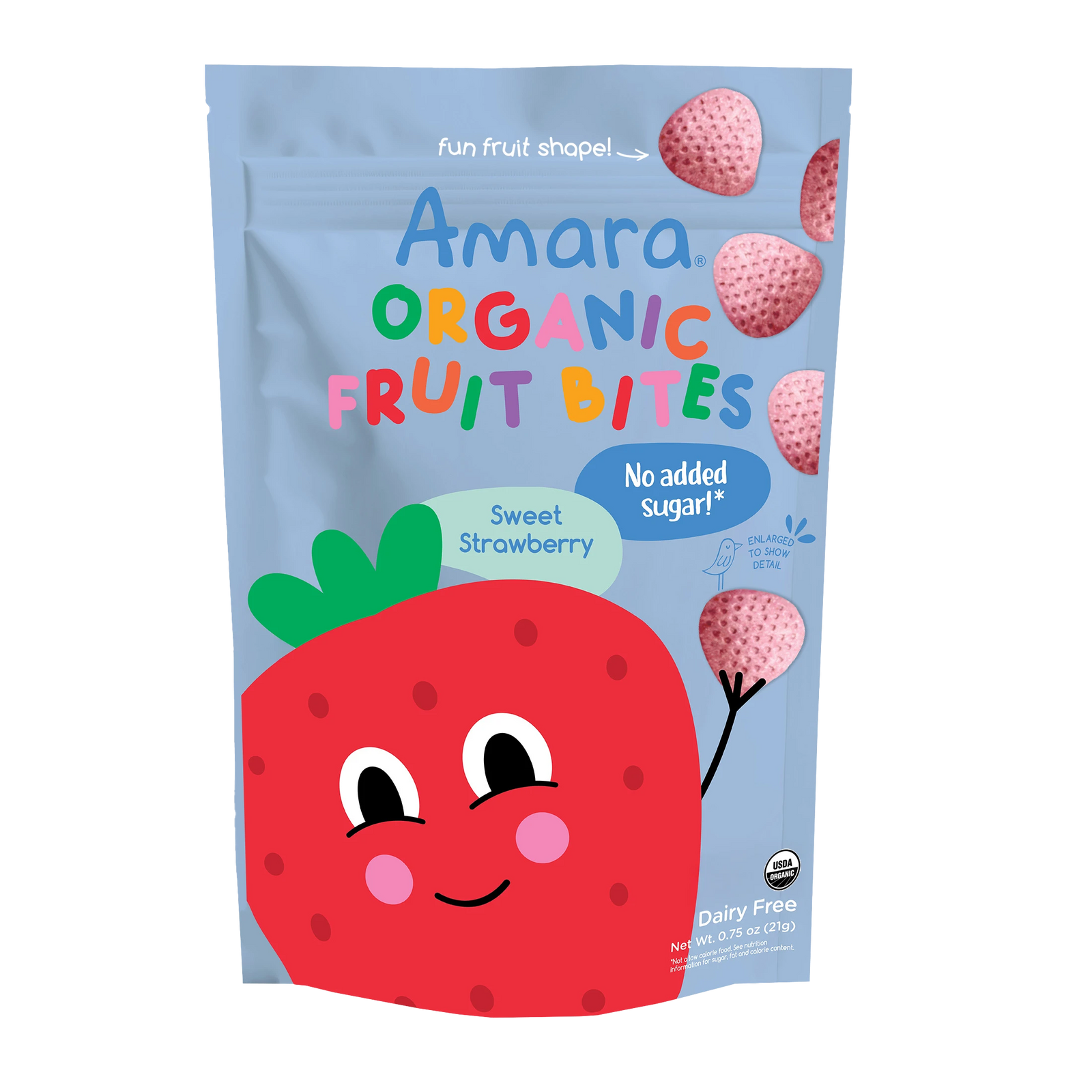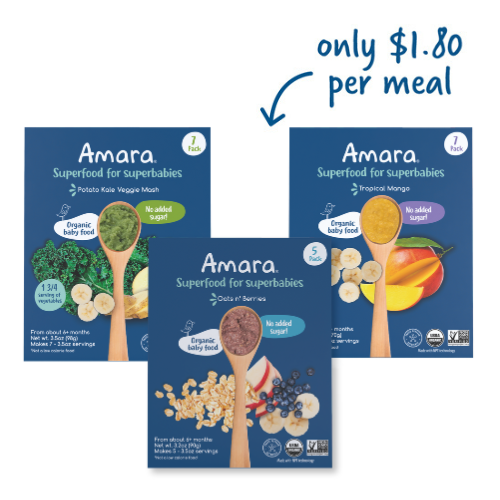
For many breastfeeding moms, pumping is a must for a variety of reasons—to be able to bottle feed your baby (or to enable your partner to bottle feed); to store milk for when you and your baby aren’t together; to increase your supply, or even to deal with a tricky oversupply.
For many of us, especially first-time moms, pumping seems daunting and brings forth a wellspring of questions. Which pump do I buy? Will my insurance cover it? How do I use this thing? When do I pump? How often? Even for seasoned mothers, pumping can be tricky.
So, we’ve prepared some tips to make it go extra smoothly:
For the actual pumping session:
- Step one: get relaxed. Pick a quiet, private place. Being calm and at ease encourages oxytocin, the hormone needed for the let-down (the flow of milk).
- Make sure you’re hydrated and not hungry. Have a snack and a drink with you. Have any supplies you need nearby: bottles, milk storage containers, and cloths in case of spills.
- Encourage the let-down by massaging your breasts or placing a warm compress on them.
- Having trouble with the let-down? Imagine holding your baby. Look at photos or videos of them. If you aren’t away from them, you can even hold your baby. (That cuddle can get things moving.) You can also try hand-expressing the milk for a few minutes.
- Know the parts of your machine. Mechanical breast pumps—both the manual ones and the electric power-cord/battery ones—have 3 parts:
- The flange (or breast shield)—the cone-shaped part that goes over your nipple and areola area
- The pump—the thing that gently suctions your milk out
- The container—the vessel that catches your milk
- Make sure you and your equipment are set up for success:
- Verify you’ve got the right size of breast shield/flange.
- The ‘tunnel’ component of the shield should surround your nipple, creating a seal, but it should still give your nipple room to move a little without rubbing, chafing, or pulling.
- In terms of positioning, hold your breast shield between your thumb and index finger. Support the rest of your breast with your palm and other fingers.
- You don’t have to press the shield too tightly against your breast (you don’t want to block the milk flow).
- Let your pump do a ‘let-down’ getting-starting phase. Many electric pumps start with short, fast bursts of suction, stimulating the let-down (give it a few minutes). You can also create this rhythm with a manual pump.
- Gradually, increase the amount of suction.

More generally:
- Start pumping when it makes sense for you and your family. If you have a baby that can’t or won’t breastfeed, or is premature, or has special needs, you can start pumping right after birth. If this isn’t the case, you can wait a few weeks, or even a few months. Early on, there is very little time between nursing sessions to pump, so experts recommend holding off on pumping/giving a bottle until you’ve got the hang of breastfeeding.
- Plan ahead. If you are returning to work/school or will otherwise be away from your baby—and you haven’t started pumping yet—begin pumping a few weeks before these major life changes. This will give you lots of practice time and will allow your baby to get used to bottle feeding.
- If you’re just now embarking on pumping, and don’t know how frequently to do it, try to pump as often as your baby is drinking breastmilk. This keeps your body/breasts in alignment with your baby’s needs.
- Give it time. Your body may take time to adjust to pumping (i.e., at first, it may not produce as much milk with a pump vs. during a breastfeeding session. That’s OK.)
- Pump until your breasts feel well-drained. For some women, this is 15-20 minutes, while others will need 30+ minutes.
- Pump when your breasts are at their fullest. For this reason, it’s best to avoid late afternoon or early evening if you can. That said, develop your own routine and stick with it so your body gets used to your pump use.
- Don’t hold it in for too long. While it seems logical to extend the time between pumps in order to collect a larger volume of milk, this can backfire: if you wait until your breasts are super-duper full, one pumping session won’t actually drain them very well. Experts instead recommend frequent and regular pumping.
- Sanitize! Before and after pumping, wash your hands. Then clean your pump, washing any parts that touched your breasts and milk with hot water and liquid soap. Allow the different pieces to dry completely before the next use. You can use a dishwasher if your pump says it’s OK: just place them in the top rack and put the dishwasher on a hot water/heated drying cycle.
- Did you know there are hands-free breast-pumping bras out there? Yep. It could make your life that much easier!
- Consider double-pumping if you know you’re going to be pumping often. This will raise the level of prolactin (the milk-producing hormone) in your body, thus likely increasing the volume of milk you produce per session.
- Get your storage supplies ready! There are lots of options on storing breastmilk, including: a basic feeding bottle; a custom container that comes with your pump; or plastic bags designed to hold pumped milk. Hint: if using the last option, fill the bags ¾ or so full (milk expands when frozen!) and freeze it in smaller quantities. That way, it’ll thaw faster. Here are some other great tips on storing, freezing, and thawing your milk, courtesy of USDA WIC Breastfeeding Support.
- Know how to hand-express in case your pump decides to die one day. Use your hand to massage and compress your breast to remove milk.

Just like with breastfeeding, pumping takes time and practice, but if you’re new to it or are having struggles, know that lots of moms have been there before—and know that you’re doing your best!
Consider asking a lactation expert for help. Contact one of these resources for advice on your particular situation:
- La Leche League
- Your local USDA WIC office
- The National Breastfeeding Helpline, administered through the Office on Women’s Health: 1-800-994-9662 (English and Spanish)
- Your OB office, your local pregnancy center, or your hospital. Ask for lactation consultants that can do tele-visits or even home visits. Ask if they are certified by the International Board of Lactation Consultant Examiners.

We at Amara care about things like breastfeeding and pumping because we support parents, and we support great health for our littlest ones. That’s why we design baby food—blends and toddler melts—with only the simplest of ingredients (organic ones, mind you!) and no additives. And with our unique baby blends, all you do as the parent or provider is add breastmilk, water, or formula to the powdered blend—and it’s ready for your little one!
Any pumping tips or hacks to share with other moms?







Leave A Comment